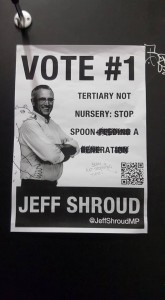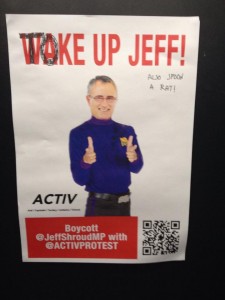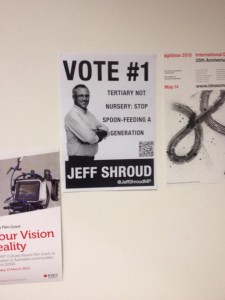Research for big project:
My Initial ideas for the final project were similar to something you might witness at a museum or location of historical importance. At these locations the story unfolds around you in a recreation of what has happened. Within this exhibition space there is a combination of the video, audio, photos and written text so that you can gain a greater understanding of the location or events that have transpired at some point in time. The narrative is particularly vivid due to the fact you are experiencing the story where it actually occurred. As a spectator you are witnessing pretty much exactly what was witness by the characters within the narrative or a reconstruction.
Within this assignment it would be fantastic to either recreate this museum/historical locale vibe. Presenting people with the opportunity to wander around a space where a story has occurred. As the audience wander around a room or collection of rooms they gain a greater understanding of what has transpired by reading reports, first hand accounts and diaries of those involved. Through video they can view events that have occurred in a constructed, traditional narrative form. From these videos spectators can then explore aspects of the story by physically exploring the exhibition area that is also the setting of the video.
On the other hand it would be exciting to explore a narrative that evolves live to an audience. Instead of people wandering around the ‘scene’ of a story which has happened prior they could wander around a space in which a story was unfolding live. The audience are then free to wander and explore aspects of the story they find intriguing. They could follow a particular character to gain insight into their life or stay in one area experiencing how events unfold in one location.
This idea particularly draws upon the work of the Punch Drunk theatre company and more specifically the Drowned Man production. In this production the audience are free to traverse a building gaining glimpses into the stories complexity from various characters they interact with. People’s experience of the performance is totally unique, their curiosity becoming a guide. Initially hearing about the notion from Dan it reminded me of secret concert Jack White held in London. Through a series of fake websites fans were able to sign up to experience the concert in which they were dressed in medical scrubs and taken through an abandoned ‘psychiatric’ hospital. It turns out that my tenuous link wasn’t so tenuous because Punch Drunk curated the event.









Recent Comments